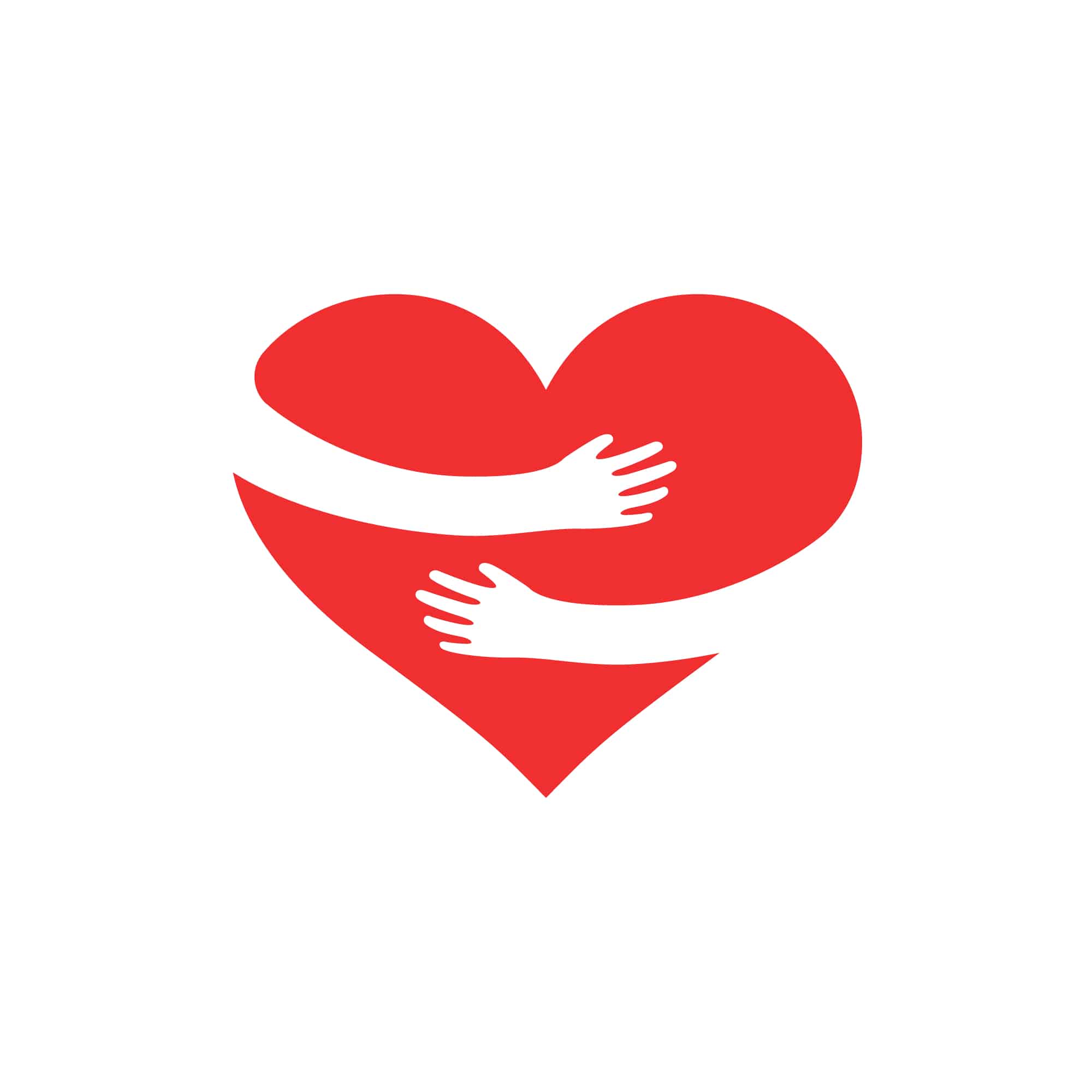Technology goes beyond mere tool making; it is a process of creating ever more powerful technology using the tools from the previous round of innovation.
Ray Kurzweil
We know that the digitisation of public services is inevitable, and we hold organisations that recognise this in high esteem. However, it’s not every day an entire country gets behind the transformation! That’s why this is our third article in a three-part series on The Promise:
Part 1: How we empower Children’s Digital Participation in Scotland
Part 2: Children should never be hard to reach
To explain just why and how our tools enable digitally integrated organisations to leave their pen & paper predecessors in the dust we wanted to take you through how a child’s One App statement empowers the child, enables intelligent service delivery, and accelerates the evolution of those services.
STAGE 1: Empowering a child
All those working with care experienced children and young adult must be supported to create a rights respecting environment where children feel they can raise concerns
The Promise
A foster child has been left badly disturbed by something they’ve witnessed in their home environment. They’re not likely to see their worker again for another couple weeks. Luckily this foster child has the One app downloaded and ready to go on their mobile. This child knows that they can use the One app if they need help. So, at 8.37 on a Sunday night, they send a ‘Sort a Problem’ statement while the incident is still large in their mind.
witnessed in their home environment. They’re not likely to see their worker again for another couple weeks. Luckily this foster child has the One app downloaded and ready to go on their mobile. This child knows that they can use the One app if they need help. So, at 8.37 on a Sunday night, they send a ‘Sort a Problem’ statement while the incident is still large in their mind.
Children and their families must have a say about the people who provide them with support… If support services are going to succeed, the families receiving support must be able to choose the people with whom they have a natural connection
The Promise
The One app is a digital participation tool designed to empower young people. It allows this young person to choose who they trust to send them an update.

STAGE 2: A smart listening intelligent service
Underlying many of the Significant Case Reviews where the worst has happened to children is the acknowledgement that key information about a child was not shared timeously or not listened to. In many cases the information shared was not taken account of by the people who needed that information.
The Promise
The very next day this child’s social worker opens their inbox to find they have been allocated a One app statement. There’s also a note from their service admin attached to let them know that this statement triggered the safety link.
Minimising paperwork so that more time can be spent with children to reduce risk effectively
The Promise
The social worker doesn’t have to type up any notes as the child’s perspective comes in a .pdf format which is easy to upload to the case-management system and share with other relevant parties. This social worker gets back to the young person immediately to get to work resolving the issue.
While from the young person’s perspective this successful early-intervention is the end of the story for their One app statement there’s still more good that can be done by that child’s voice. When we consider their answers amongst the many hundreds of other children that are letting their service know precisely how they feel then insightful patterns in the data start to emerge.
STAGE 3: Data driving service design
The way Scotland collects data and evidence is not always helpful in understanding the experiences of children… Broadly speaking, the data collected on the ‘care system’ reflects the system and its processes and outcomes that can be easily quantified, rather than the true outcomes and experiences of the people who move through it. This puts a very specific (and often unhelpful) lens on issues and experiences and means solutions are shaped without a full or deep understanding of the root problem… All of this means that current data is fundamentally flawed as it does not reflect what matters to children and therefore currently cannot be relied on to support good decision-making on its own.
The Promise
The information that young person chose to share becomes part of a larger picture when aggregated with responses from care-experienced peers across that authority.





